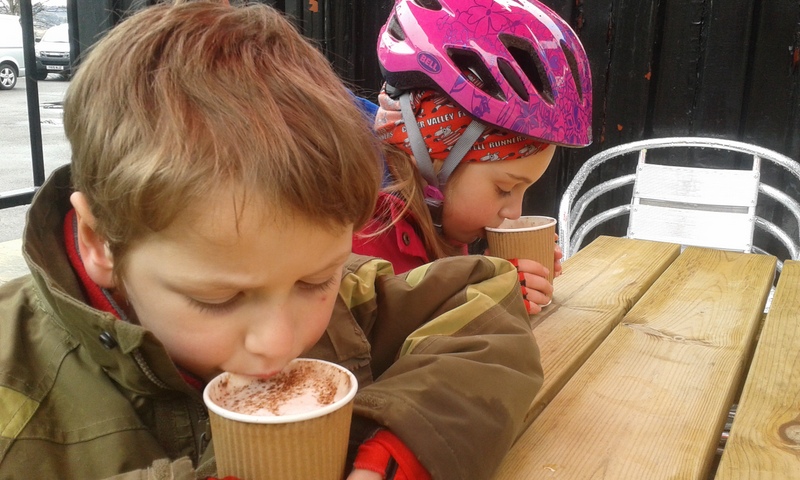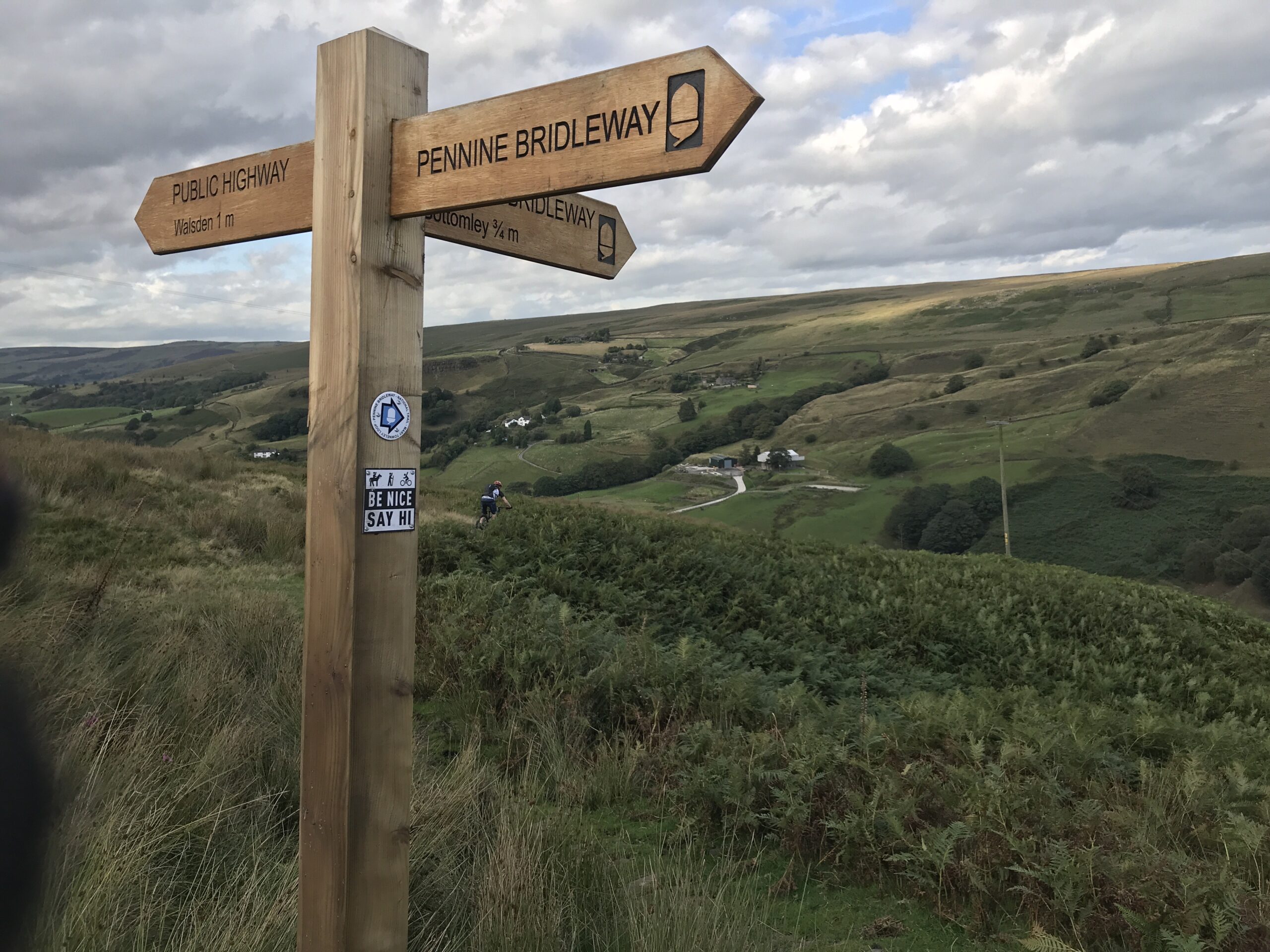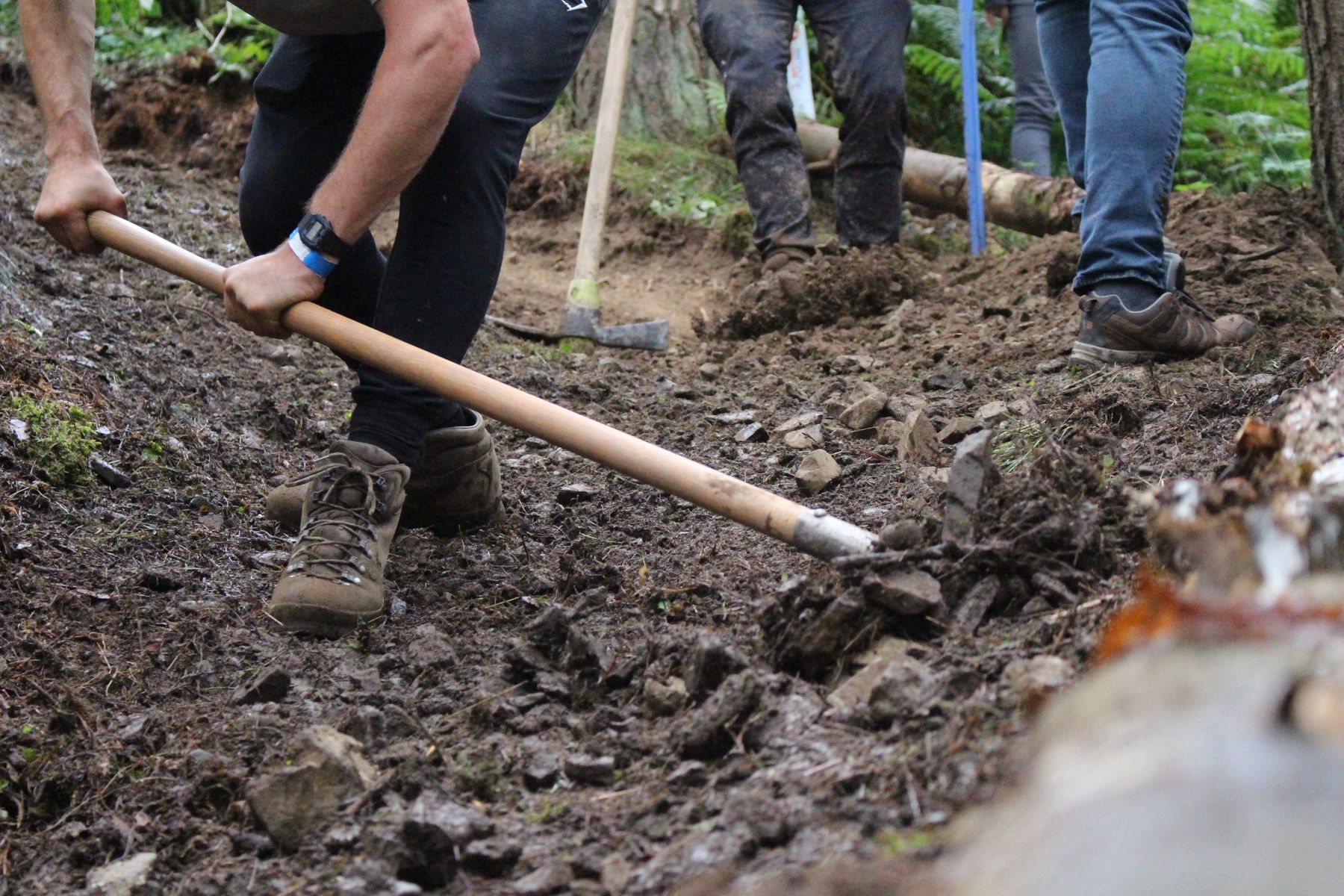Dave Evans from Bike Corris has previously written extensively on ‘wild trails’ in Wales – it’s all well worth reading, and his latest paper is no different. ‘Evolving The Trail Centre – Lessons From Wild Trails‘ looks at the difference between trail centre designs and what people build when left to their own devices in the woods. I think it’s excellent, and provides a structured and illustrated argument that makes so much sense that you’ll surely think it’s so obvious, why hasn’t anyone done this before?
You should really go and read the paper. I’m only going to summarise it here, and pick out a few key quotes. Dave has done the work on this – both physically by being out there, riding, and mentally, by pulling the report together. Give him due credit and go read it in full – it’s a good read and not terribly long.
Read ‘ Evolving The Trail Centre – Lessons From Wild Trails’
Dave knows his trails – both wild and trail centre. He was employed by Natural Resources Wales to survey and risk-assess the wild trails there, and has ridden over 200km of them. He’s also a mountain bike guide and has run development programmes for young people and volunteered with children’s session at a local mountain bike group.
Latest Singletrack Merch
Buying and wearing our sustainable merch is another great way to support Singletrack
In his paper, he defines the characteristics of a typical trail centre, using his local, Cwmcarn, as the lead example, but you could apply the same analysis to your local spot. It’s a sort of framework, or recipe, for a trail centre: car park, climb, fun trail, descent, car park.
I think many a parent will already know the problem that lies within this recipe: that climb out of the car park is exactly where you don’t want it to be – it’s a slog before anyone has had any fun. That fun bit of manageable trail is fun, but everyone is in a bad mood by the time they get there. And the bit of descent that could be fun is done just when people have entered survival mode and just want everything to be over with so they can have a hot chocolate and never ride a bike again.

I exaggerate a little – go read Dave’s report for the less hyperbolic version – but it does rather match my experience of trying trails centres with my kids in tow. The introduction to this feature may have been written for comic effect, but is based on real events:
Dave then contrasts this trail centre format with the wild trails that people built during lockdown. It’s a sort of natural experiment in establishing what people actually want to ride.
While the official Trail centre network was closed during the Covid-19 lockdowns, riders across the world set out creating Trail networks of their own. Travel restrictions enforced at the time set a design specification of “rideable within an hour [or so] from home”. Faced with this restriction, riders looked at their local forests in a new way, but almost all arrived at the same outcome: the “Ski-Resort” style using forest roads as the “Lifts” and building descending singletrack Trails at the “pistes”.
Dave Evans, Bike Corris
He then goes into further details of describing the contrasting characteristics of the the two formats, and suggests that the ‘Ski-Resort’ format of wild trails offers a number of advantages to riders and landowners.
As a mountain bike guide, I considered the difference in site layouts from the perspective of different riders and found although most Wild Trail sites were of a higher technical grade than Trail Centre Trails, the layout of these sites was more inclusive and welcoming.
Dave Evans, Bike Corris
To me, it seems especially interesting that the wild trail format – usually associated with much more technical features and advanced riding skills – could actually be more inclusive. The cruise up/whoop down format would certainly make a lot of sense. Indeed, the local trail I ultimately preferred to take my kids to echoed this format: a wide and gentle tarmac track allowed me to push my young kids up the hill on a bike, with a smooth and swoopy singletrack return descent with rollers offering fun for little wheels, while still being fun for an adult too. It’s a format we see elsewhere – for example at uplift centres and resorts with chair lifts. Places fun enough that people actually want to pay to ride there…
Trail centres were built in the relatively early days of mountain biking, and things moved on. Bikes are more capable, hence the rise in demand for technical wild trails. Arguably, those early trails were built for the (already converted to mountain biking) enthusiasts, back when the difference between what you could ride up and what you could ride down was less of a gap. There is still a place for those trails, but it seems useful to recognise that perhaps they’re not the brilliant and fun gateway into riding that it’s possible to have.

Routes that start with a singletrack climb up a hill might appeal to the already fit rider who likes a challenge, but for the mixed group that just wants a social break in the outdoors, they’re less convenient. Routes that take you out there to a great view in the wilderness might appeal to the rider wanting to escape it all, but for the novice or family ride they present a level of commitment and exposure to risk that can be off-putting. Indeed, I’ve previously found myself caught out at Afan by a lack of water and a far flung route without shortcut options.
When I wrote before about ‘reframing mountain biking‘, there were many comments along the lines of ‘what happened to bimbling along bridleways?’. It seems to me that style of riding, as well as many trail centre routes, are geared towards ‘roaming’. It’s riding to explore, cover miles, see places, and have some fun along the way round what is probably a big loop of a ride. The ‘ski resort’ style trails at uplift centres, resorts with chair lifts, or built as wild trails, show there’s an appetite for a different style of riding, or maybe a different mindset towards riding. You might see it as ‘laps’ rather than ‘loops’. Whether novices or experts, the lap riders seek a buffet of tasty morsels. For the loop rider, it’s more about the meal: mashed potato, beans and sausages – elements that together are a more satisfying whole than when kept separate. I could go on at some length about the differences and merits of laps and loops, but that’s a whole other article…

What I want to avoid, however, is an us and them mindset. We might have a different take on how we derive satisfaction from a ride, or where we ride, but we’re all riding. Plus, the two groups are not really separate – many people will ride a loop one weekend, and laps another, and many loops might take in some trails built by the lap riders. However, there are some differences in the types of access reform that each might seek, or benefit from. For one, broader access to what is already there would suffice, while the other wants to add to the network. Both types of riding have their place – we’re expanding the scene, not swapping one thing for another – and each offers different benefits and experiences.
This paper from Dave Evans seems to me to fit perfectly with the conversations that are currently circling in the mountain bike community about where the sport/activity/scene should position itself. And, once again, it seems that being inclusive and accessible can serve to benefit not just the potential new riders looking for entry points into mountain biking, but also the experienced riders wanting to push their limits.
Still not read the paper? You know what to do…
Read ‘ Evolving The Trail Centre – Lessons From Wild Trails’





